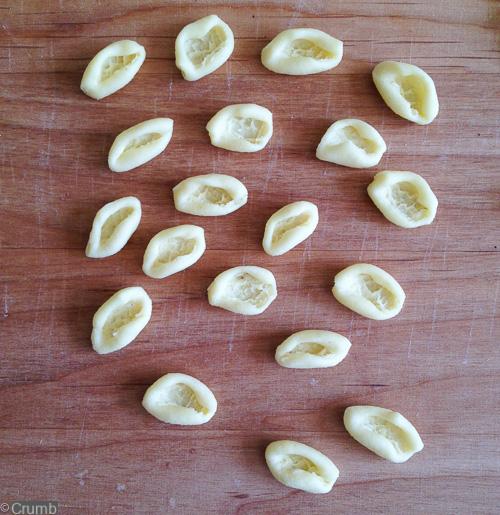
by Monica Marelli
Next time you eat there apple, do not peel it. The "skin" of this fruit is a treasure trove of vitamins and polyphenols: they are present three times more than the pulp, as the Apfel-Fit study of the Laimburg agricultural and forestry experimentation center in Vadena (Bolzano) has just revealed. In reality there are many vegetables with a healthy skin: some are probably already used to eating them "whole", others could represent a novelty. Discover them with the help of Diana Scatozza, a specialist in food science and clinical pharmacology.
APPLE - Recent research has shown that the peel is also rich in ursolic acid: a substance that appears to prevent obesity, diabetes and weakening of the muscles. Due to the high fiber content, however, the "skin" of this fruit can be indigestible for children, the elderly and those suffering from irritable colon. In this case there are no alternatives: the fruit must be peeled and eaten cooked.
LEMON - The zest provides more essential oils (limonene) and flavonoids, all with antioxidant action: it helps control cholesterol and protects capillaries.
BANANA - The peel it has a high mineral and fiber content but raw it is inedible. If cooked for a long time, combined with spices and aromas, it becomes more digestible and is an exotic and tasty dish.
CARROT - Do not peel it, but brush it lightly and then wash it well. Most of the beta-carotene is concentrated in the peel, the precursor of vitamin A, essential for skin regeneration and vision. Some studies have shown that the more carrots are softened by cooking, the more bioavailable the betacarrots. Dario Bressanini, a university professor of chemistry, also talks about it in his blog Science in the kitchen.
SWEET PEPPER - The "coating" of this vegetable it is very rich in fiber and capsaicin (substance with a vasodilating action and a spicy taste): for some it is difficult to digest but if you do not have problems, eliminating it is a shame. The color indicates the properties: green, due to the greater presence of chlorophyll, it is purifying; red, due to the higher content of vitamin C, is a laxative and activates the metabolism; yellow, a source of vitamin K, is best for strengthening blood vessel walls.
POTATO - The "skin", which during cooking protects the loss of minerals contained in the pulp, has the highest percentages of potassium, iron, calcium, vitamin C and fiber. You can consume the tender, and usually untreated, new potato. Instead, watch out for that of old or green potatoes: it should not be eaten because it may contain solanine, a toxic substance.
AWAY PESTICIDES WITH WATER AND SALT
«It is always advisable to wash vegetables and fruit, even if they come from organic crops, because traces of soil or dust can always be present », recommends Diana Scatozza, dietician.
«And if the product is not organic, remember that the simple passage under the cold jet of the tap is able to remove about 75-80% of the pesticide residues present on the skins (however rare eventuality). Do you want to be more confident? Add a little salt to the water and you will eliminate almost 100% of unwanted substances », concludes the expert.


























